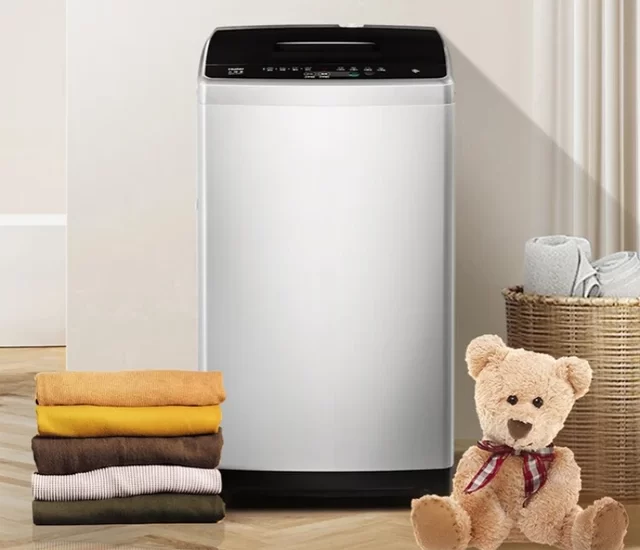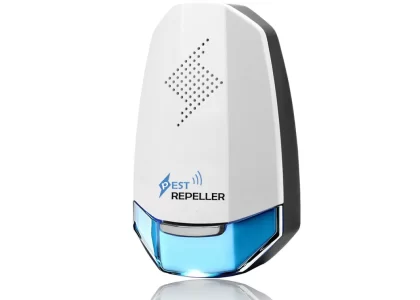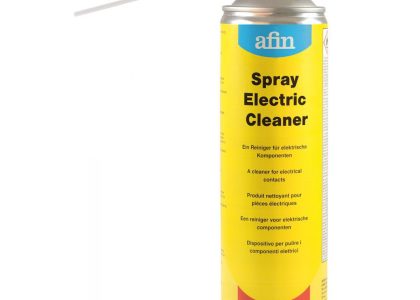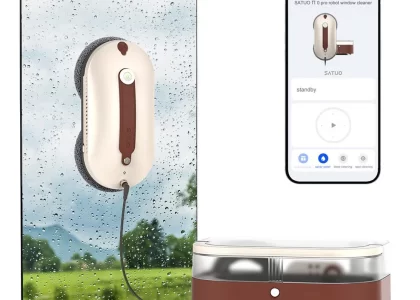 Introduction:
Introduction:
Cleaning pillows in a washing machine is a simple and effective way to maintain their cleanliness and prolong their lifespan. Over time, pillows accumulate sweat, body oils, and dust mites, making regular cleaning essential. In this comprehensive guide, we will provide a step-by-step process to clean pillows in a washing machine. By following these simple instructions, you can ensure that your pillows remain fresh, hygienic, and comfortable for a good night’s sleep.
Introduction to Cleaning Pillows in a Washing Machine
Cleaning pillows in a washing machine helps remove dirt, allergens, and odor, ensuring a clean and healthy sleeping environment.
A. Importance of Regular Cleaning: Regularly cleaning pillows improves their longevity, freshness, and comfort.
B. Suitable Pillows: Not all pillows are machine-washable, so check the care label before proceeding.
 Main types of washing machines:
Main types of washing machines:
There are several types of washing machines available, each offering different features and functionalities. Here are the main types of washing machines:
Top-Load Washing Machine:
This is the traditional type of washing machine where clothes are loaded from the top. It typically has an agitator or impeller in the center of the drum to wash clothes. Top-load machines are generally more budget-friendly and convenient for adding laundry mid-cycle.
Front-Load Washing Machine:
Front-load machines have a door on the front and a drum that rotates horizontally. They usually have larger capacities, higher energy efficiency, and gentler wash cycles compared to top-loading machines. Front-load washers may require more space and have higher initial costs.
High-Efficiency (HE) Washing Machine:
HE washing machines, whether top-load or front-load, are designed to use less water and energy. They have advanced technologies that optimize water usage, such as sensor-based load detection or spray rinsing. HE machines are known for their superior energy efficiency and water-saving capabilities.
Combination Washer-Dryer:
This type of washing machine combines both washing and drying functions in a single unit. Combination washer-dryers are useful in compact spaces where separate washing and drying units may not fit. However, they often have a smaller capacity and longer cycle times compared to dedicated washers and dryers.
Compact and Portable Washing Machine:
Compact and portable washing machines are smaller in size, designed for use in limited spaces like apartments, RVs, or small households. They are lightweight and often have manual or semi-automatic operations. Portable machines usually require manual water filling and may not have advanced features like larger machines.
Smart Washing Machine:
Smart washing machines are equipped with advanced technology, such as Wi-Fi connectivity and smartphone apps. These machines allow you to monitor and control washing cycles remotely, receive notifications, and access energy-saving modes. Smart washers often come with additional features like steam cleaning or specialized cycle options.
It’s important to consider factors such as load capacity, energy efficiency, space availability, and budget when choosing the right type of washing machine for your needs. Additionally, compare different brands and models to find the one that best suits your preferences and requirements.
 Assessing Pillow Condition and Material
Assessing Pillow Condition and Material
Before cleaning, assess the condition and material of your pillows.
A. Examining the Pillow: Check for any damages, lumps, or filling leaks that may affect the pillow’s ability to endure machine washing.
B. Pillow Material: Different pillow materials, such as down, synthetic, or memory foam, may require specific washing methods, so note the type of pillow you have.
Machine-Washable Pillows
For machine-washable pillows, follow these steps:
A. Preparing the Washing Machine: Ensure the machine is clean and free from any residual detergent or bleach.
B. Selecting the Right Cycle: Use a gentle or delicate cycle to prevent damage to the pillow.
C. Mild Detergent: Add a small amount of mild liquid detergent specifically designed for delicate fabrics.
D. Balance the Load: Include other items in the machine to balance the load and prevent the pillows from becoming lopsided.
Machine Settings: Set the water temperature to warm or as per the care label instructions.
Non-Machine-Washable Pillows
For pillows that are not machine-washable, follow these steps:
A. Spot Clean: Spot clean any stains or spills using a mild detergent and warm water.
B. Hand Wash: Fill a basin or bathtub with warm water and a small amount of detergent.
C. Gently Agitate: Submerge the pillow in the water and gently agitate it with your hands to dislodge dirt or grime.
D. Rinse Thoroughly: Rinse the pillow thoroughly to ensure all detergent is removed.
E. Drying Non-Machine-Washable Pillows: Squeeze out excess water and allow the pillow to air dry completely.
Drying and Fluffing the Pillows
Proper drying and fluffing help maintain the shape and comfort of the pillows.
A. Machine Drying: Place machine-washable pillows in the dryer on a low heat setting or an air-dry cycle. Add a couple of dryer balls or clean tennis balls to help fluff the pillows.
B. Air Drying: Hang non-machine-washable pillows in a well-ventilated area to air dry completely. Periodically fluff and shake the pillows to restore their shape.
 Additional Tips for Cleaning Pillows
Additional Tips for Cleaning Pillows
Follow these preventive measures and additional tips for optimal pillow cleanliness:
A. Pillow Protectors: Use pillow protectors to prevent stains and increase the durability of your pillows.
B. Regular Washing: Clean pillows every 3 to 6 months to prevent the buildup of allergens, oils, and sweat.
C. Sun Exposure: Sun-dry pillows occasionally to naturally refresh and sanitize them.
D. Pillow Rotation: Rotate and flip your pillows every few months to distribute wear and maintain their shape.
Notes on washing machine cleaning:
The washing machine can be used to wash pillows, as well as shoes and other items. Let’s take a look at the precautions!
Read the manufacturer’s instructions:
Before washing your shoes in a machine, carefully read the manufacturer’s instructions or guidelines for cleaning. Some shoes may have specific care instructions or are not suitable for machine washing.
Remove laces and inserts:
Take out the shoe laces and any removable insoles or inserts before putting the shoes in the washing machine. This prevents tangling and damage during the wash cycle.
Protect delicate or embellished shoes:
If your shoes are made of delicate materials or have embellishments, it’s best to avoid machine washing as it may cause damage. Instead, consider hand washing or spot cleaning those shoes to preserve their quality.
Use a laundry bag or pillowcase:
Place your shoes inside a mesh laundry bag or tie them securely in a pillowcase. This helps to protect the shoes from getting tossed around excessively and prevents damage to the machine’s drum.
Choose the right settings:
Select a gentle or delicate cycle on your washing machine. Avoid using high-speed or heavy-duty settings, as they can be too harsh for shoes. Lower water temperature will also help protect the shoe material from damage.
Use mild detergent:
Use a small amount of mild laundry detergent or a specialized shoe cleaner. Avoid using bleach or harsh chemicals as they can damage the shoes. Always follow the instructions provided by the detergent manufacturer.
Air dry the shoes:
After the washing cycle is complete, remove the shoes from the machine and let them air dry naturally. Avoid using a dryer, as the heat can warp or shrink the shoe material.
Remember, not all shoes are suitable for machine washing. Always check the care instructions provided by the manufacturer and use your judgment to determine if your shoes can be safely machine washed. If in doubt, it’s better to opt for hand cleaning or seek professional help to clean your shoes properly.
 Conclusion
Conclusion
Cleaning pillows in a washing machine is an essential step to maintain cleanliness and a healthy sleeping environment. Whether your pillows are machine-washable or require hand washing, following the proper steps ensures their longevity and freshness. Regular washing, proper drying, and preventive measures, such as pillow protectors, contribute to comfortable and hygienic pillows. By incorporating these cleaning techniques into your routine, you can enjoy clean, fresh, and comfortable pillows for a rejuvenating night’s sleep.





